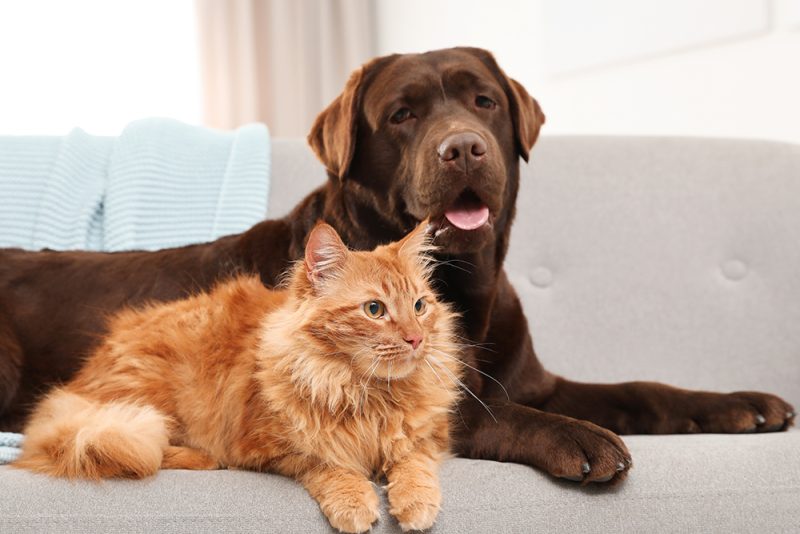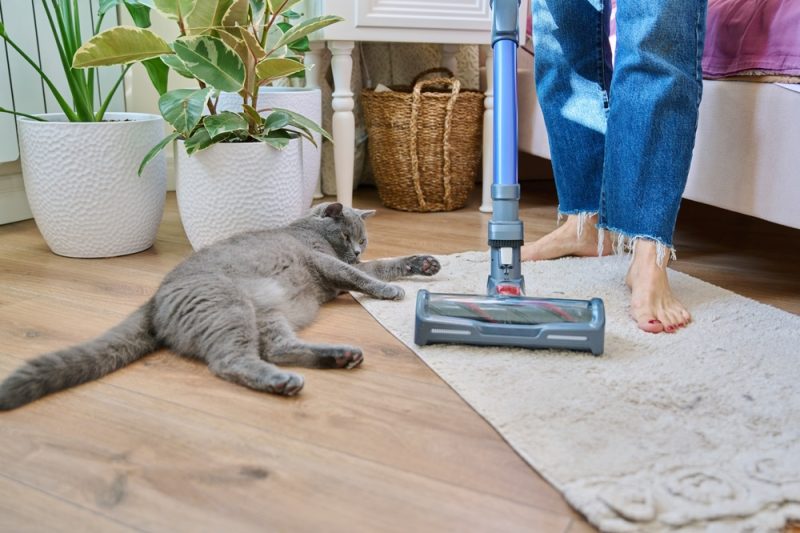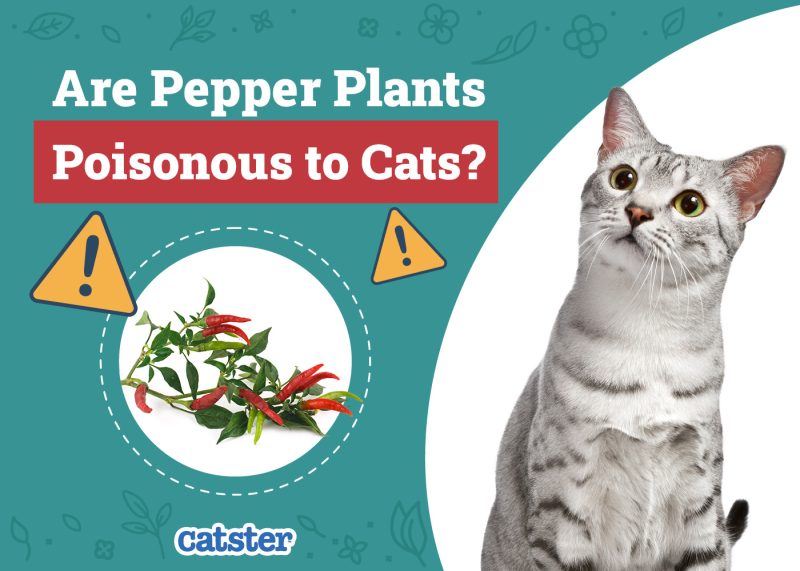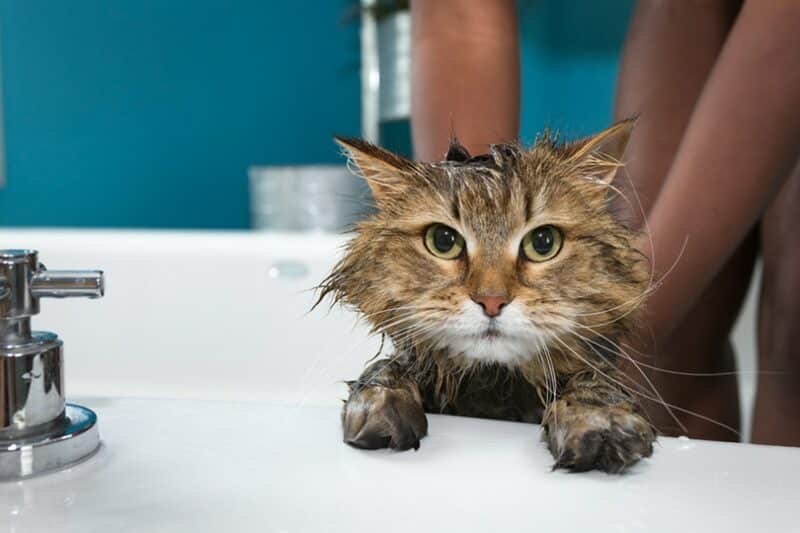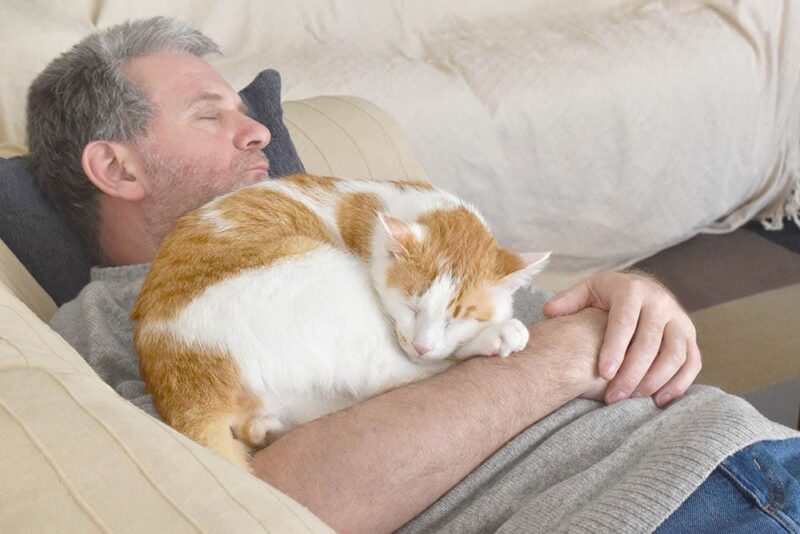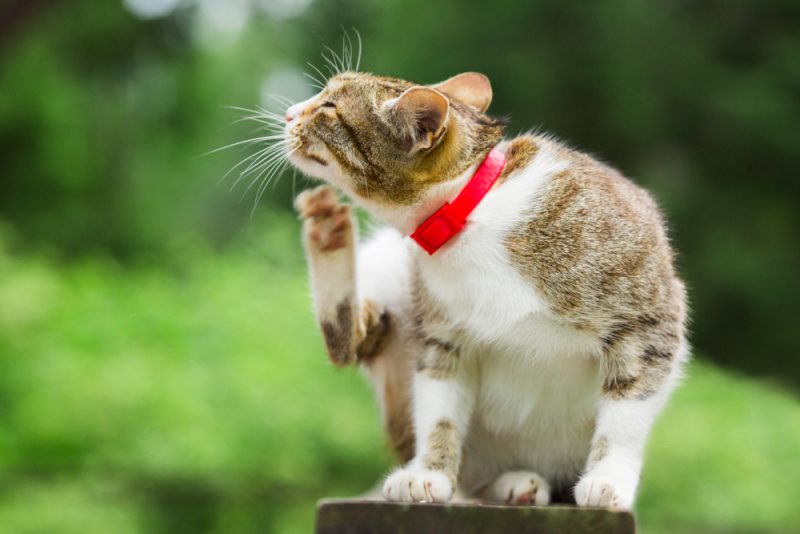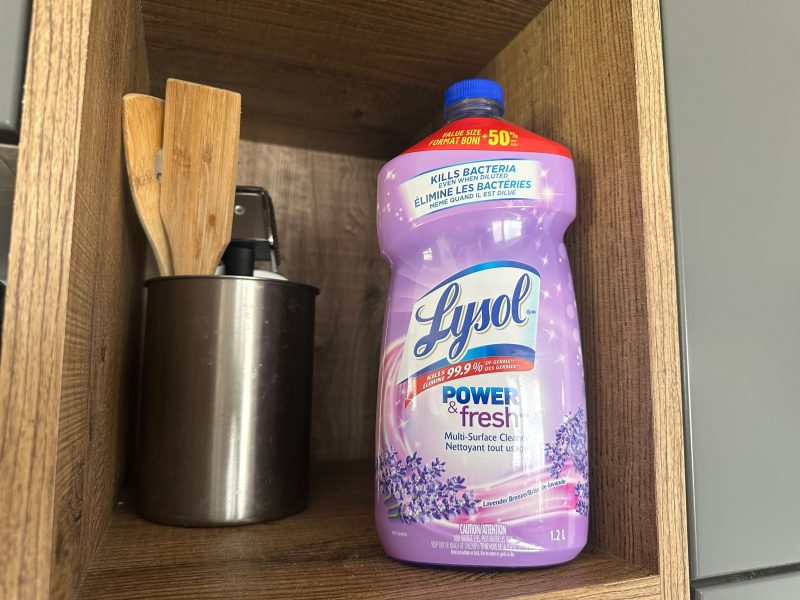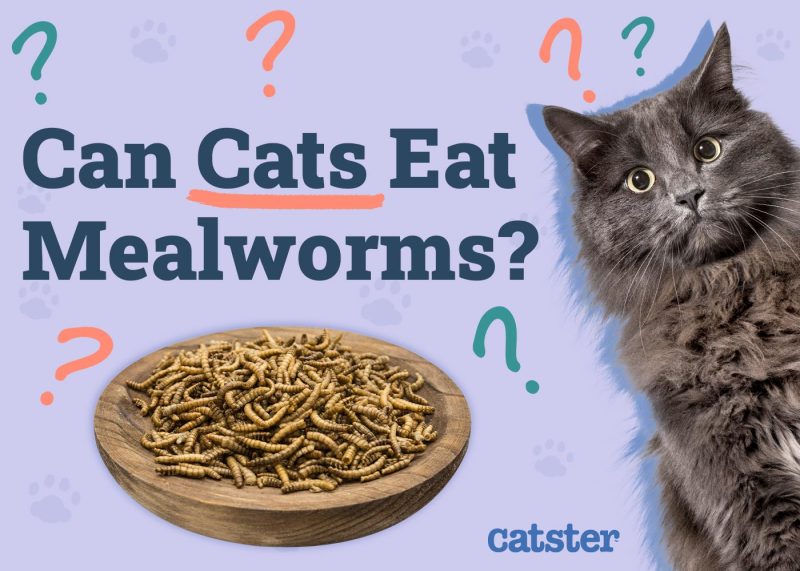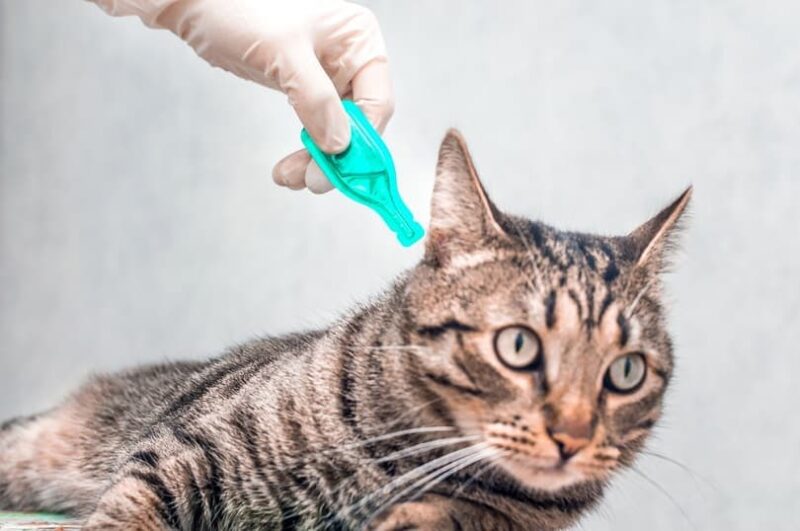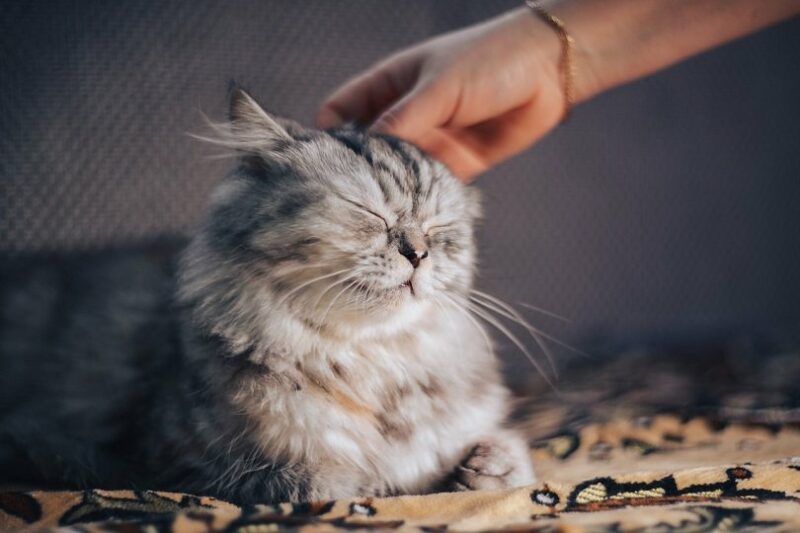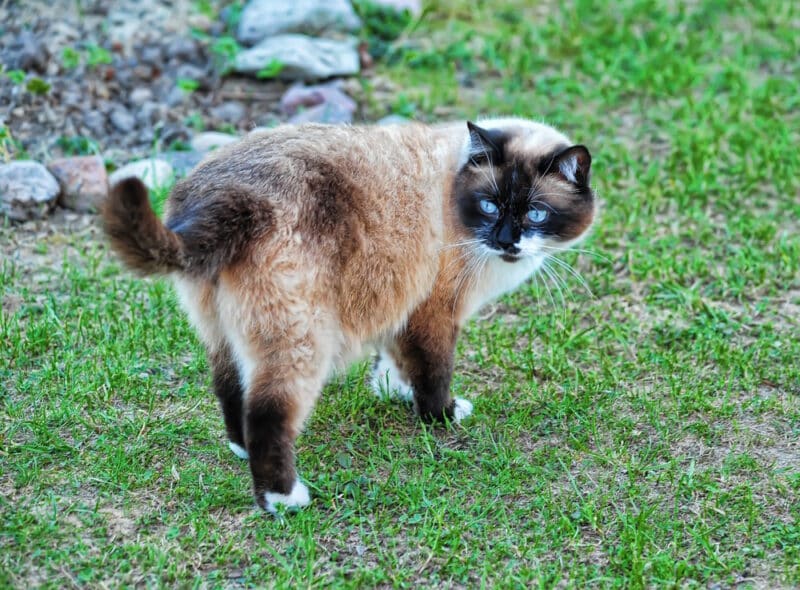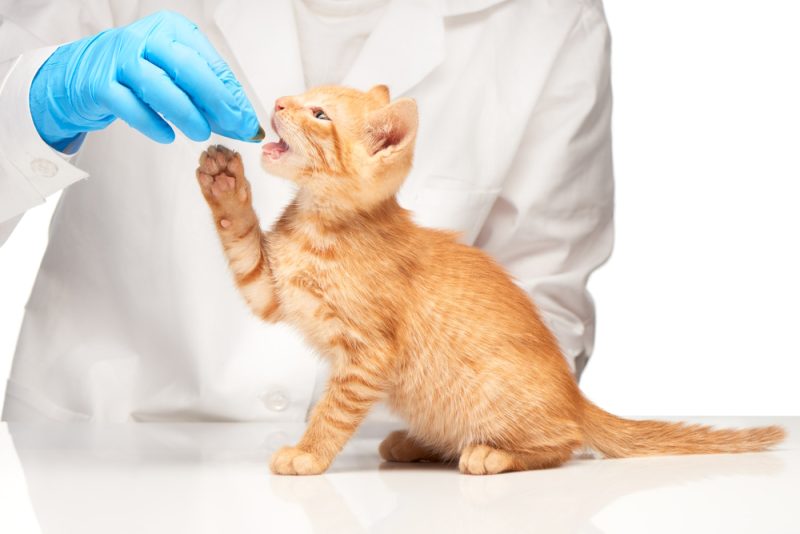Canines and felines are often perceived as incompatible pets that fight at every given opportunity, but modern pet owners know that some dogs and cats can get along and even make the best of friends. While socialization from a young age is crucial, the breed may also influence how dog-friendly a cat is.
Below, we’ll discuss some of the most dog-friendly cat breeds. Please note that ultimately, this does come down to the personality of your pets and their compatibility and acceptance (or lack thereof) of each other. Who knows, maybe you’ll find one you’ll fall in love with!

The 10 Cat Breeds That Get Along Well With Dogs
The compatibility of these breeds isn’t guaranteed, as several factors play a part in successful cohabitation of cats and dogs, including your dog’s breed and personality. Caution and thorough research is advised whenever you introduce two pets to one another.
1. American Shorthair
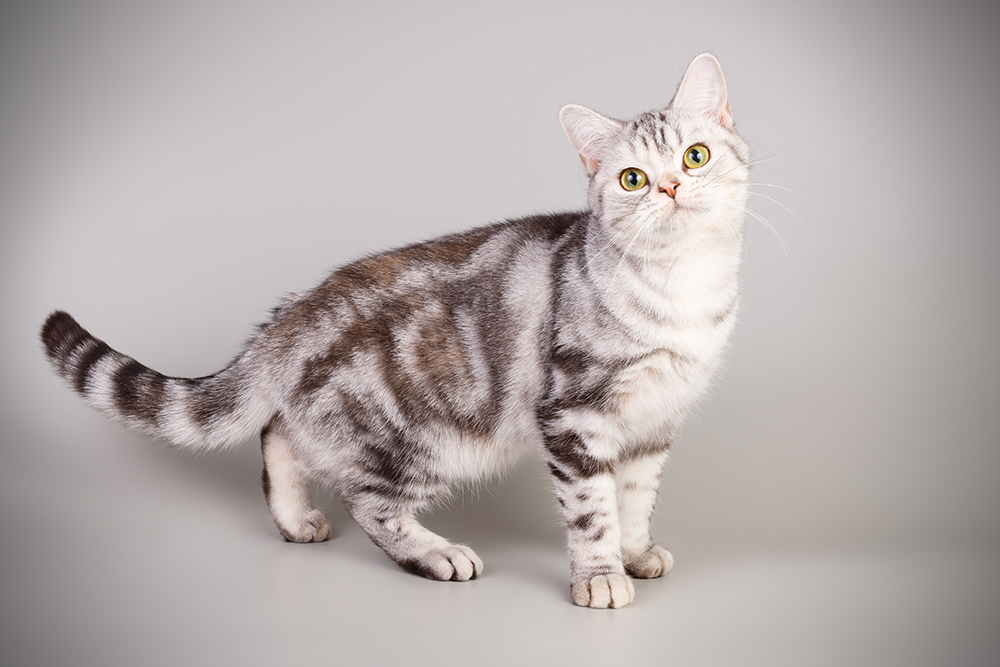
| Weight: | Males: 11–15 lbs (5–7 kg), Females: 6–12 lbs (2.75–5.5kg) |
| Lifespan estimation: | 15–20 years |
| Energy Level: | Moderate |
| General Temperament: | Lovable, agreeable, playful |
| Care & Maintenance: | Low |
The American Shorthair comes in various colors and patterns but generally has an easygoing, loving temperament. They’re very social, outgoing cats and get along with humans, cats, and dogs but do best with animals they were raised around from a young age. American Shorthairs aren’t picky about playmates and will gladly chase or play with toys with a dog, provided you socialize them well.
2. Maine Coon
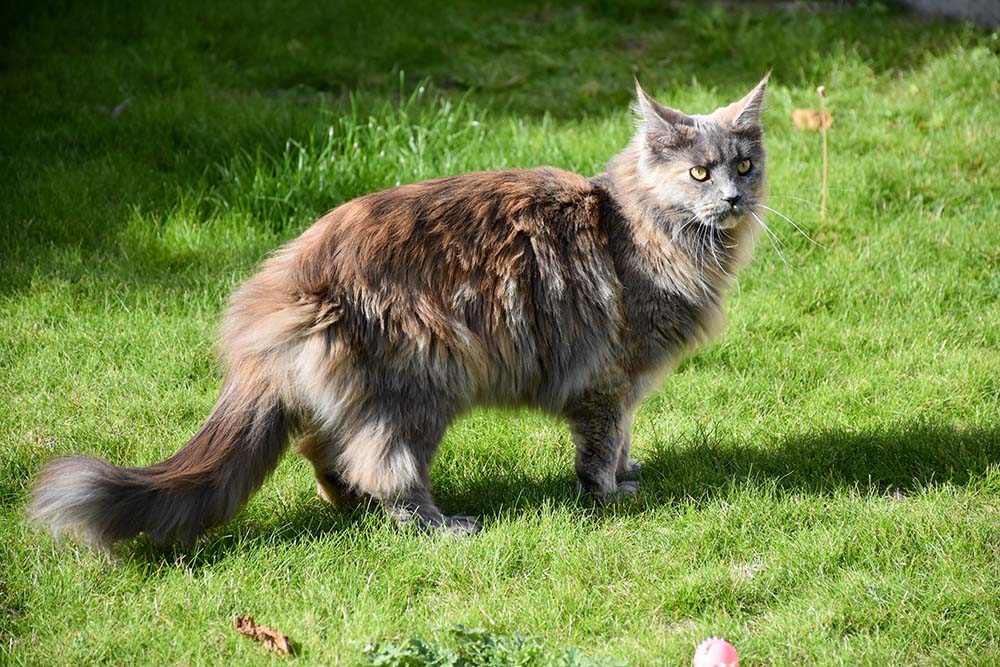
| Weight: | Males: 18–22 lbs (8.2–10.0 kg), Females: 12–15 lbs (5.4–6.8 kg) |
| Lifespan estimation: | 12–15 years |
| Energy Level: | Low |
| General Temperament: | Gentle, affectionate, intelligent, puppy-like, quiet |
| Care & Maintenance: | High |
The Maine Coon is a large furry cat with a dog-like personality that makes them great companions for canine family members. They’re known to play ball and cuddle up to dogs they’ve been raised around, and they don’t have a strong territorial instinct. Maine Coons are one of the most affectionate cat breeds you can own, and your dog will appreciate their thick fur coat when they snuggle in the winter.
3. Abyssinian
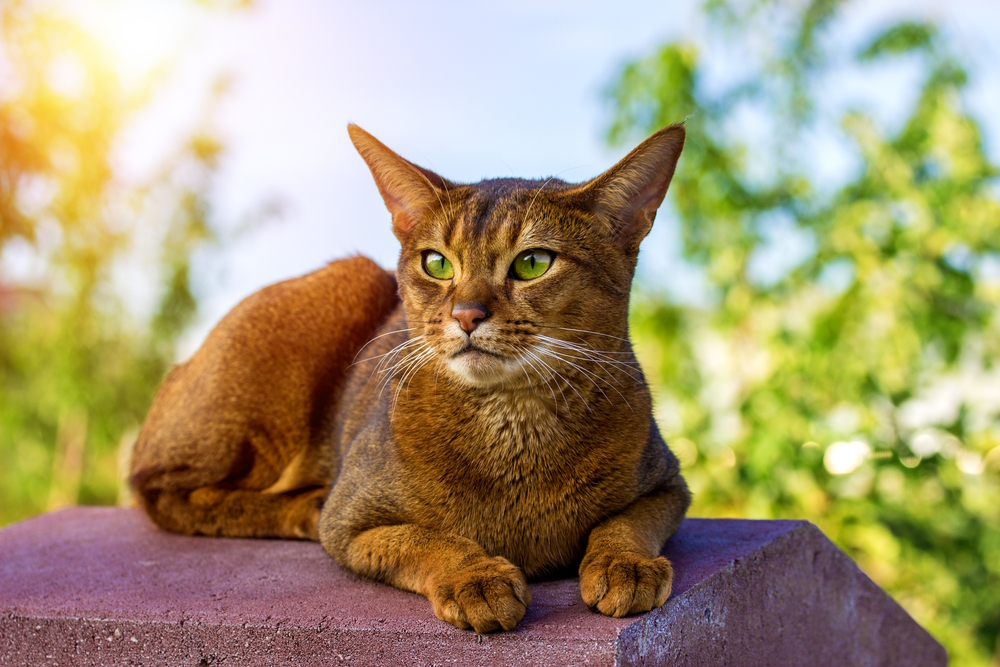
| Weight: | 8–12 lbs (3.6–5.4 kg) |
| Lifespan estimation: | 9–13 years |
| Energy Level: | High |
| General Temperament: | Curious, playful, intelligent |
| Care & Maintenance: | Moderate |
This subtly gorgeous and gregarious ticked tabby has a friendly, inquisitive spirit that makes them great companions for other cats and dogs. Abyssinians may look like wildcats but have a dog-like eagerness to please you once you’ve bonded with them.
Don’t expect much in the way of downtime, however. Abyssinians are always in motion when they’re not taking cat naps. The good news is that it makes them a very engaging playmate for even the most energetic dogs, but they’re good with other cats, too.
4. Birman
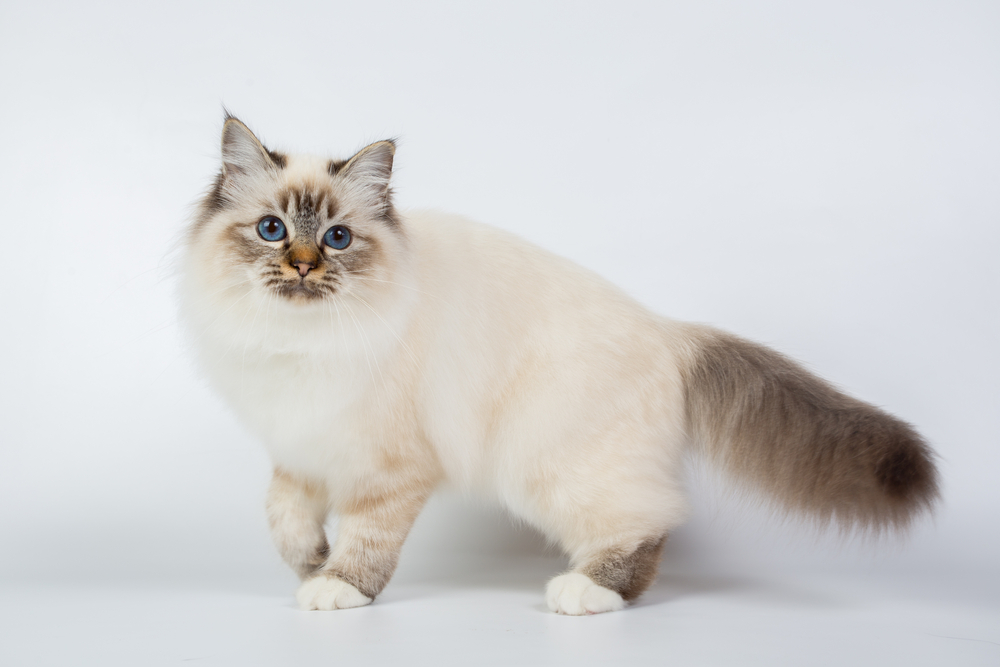
| Weight: | 7–12 lbs (3.2–5.4 kg) |
| Lifespan estimation: | 12–16 years |
| Energy Level: | Moderate |
| General Temperament: | Affectionate, social, gentle |
| Care & Maintenance: | Moderate |
Birman cats are charming, gentle felines with a sweet demeanor, becoming more attached to their people than more reserved cats. Anecdotally, they have a special fondness for playing with all types of objects around the house, from plastic bags to toilet paper rolls. They’ll undoubtedly get along with the average dog but display a unique jealousy that you’ll have to train out with desensitization techniques.
5. Japanese Bobtail
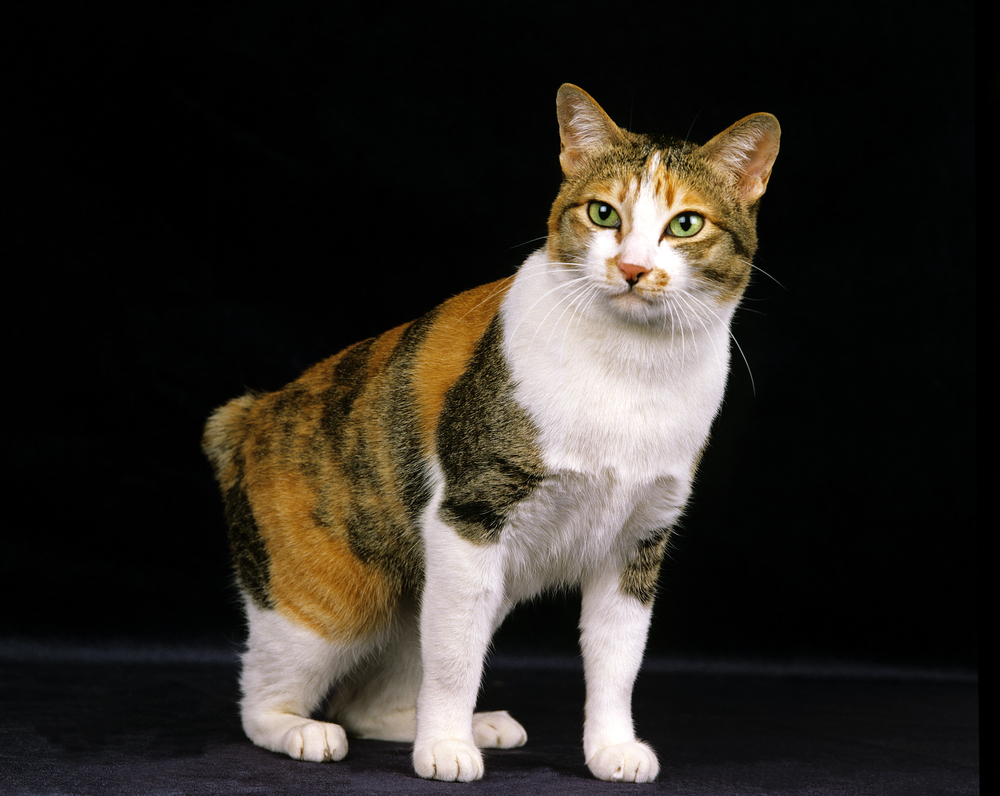
| Weight: | 6–9 lbs (2.7–4 kg) |
| Lifespan estimation: | 15–18 years |
| Energy Level: | High |
| General Temperament: | Highly intelligent, active, affectionate |
| Care & Maintenance: | Low |
The Japanese Bobtail is famed for their short tail that ranges from pompom-like to 4 or 5 inches long, but also for their playful, dog-like personality. They’re more outgoing than the average aloof cat but will let your dog run the show around your house.
As an intelligent breed, the Japanese Bobtail is nearly as trainable as dogs and might even show up unprompted at your dog’s training sessions to get some tasty treats for themselves.
6. Devon Rex
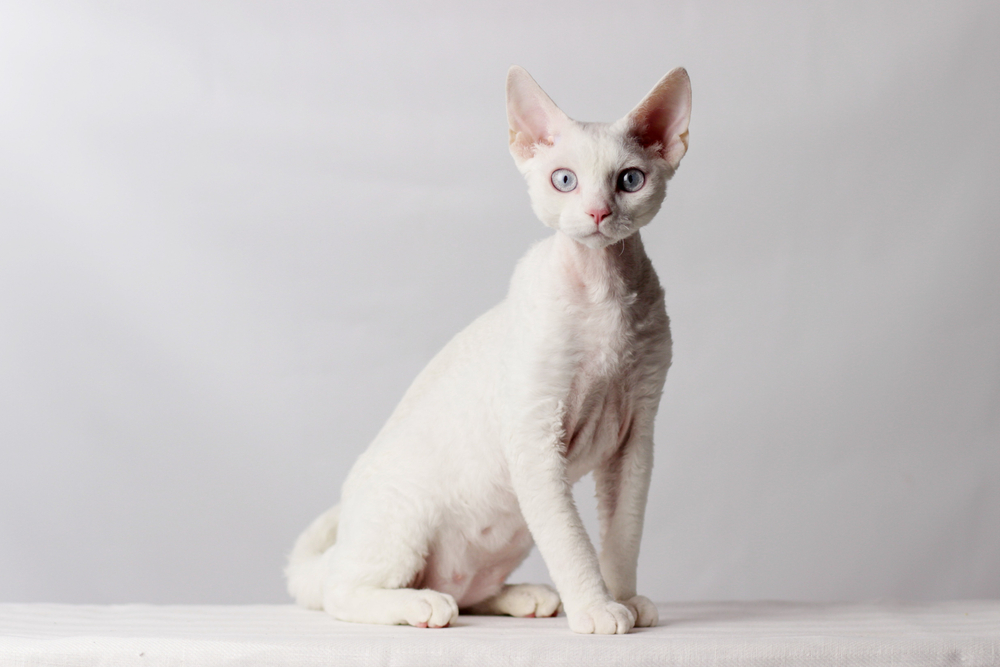
| Weight: | 6–9 lbs (2.7–4 kg) |
| Lifespan estimation: | 9–13 years |
| Energy Level: | High |
| General Temperament: | Loyal, loving, mischievous, intelligent, friendly |
| Care & Maintenance: | Moderate |
The Devon Rex is often described as a talkative, hyperactive breed known for a short, apparently (but not truly) hypoallergenic coat and bubbly zest for life. They love exploring alone or with other animals and don’t discriminate between felines and canines as long as they match their exuberant energy. The Devon Rex likely appreciates solitude like any cat but has a well-deserved reputation as a Velcro cat that loves to follow all the family members around.
7. Bengal
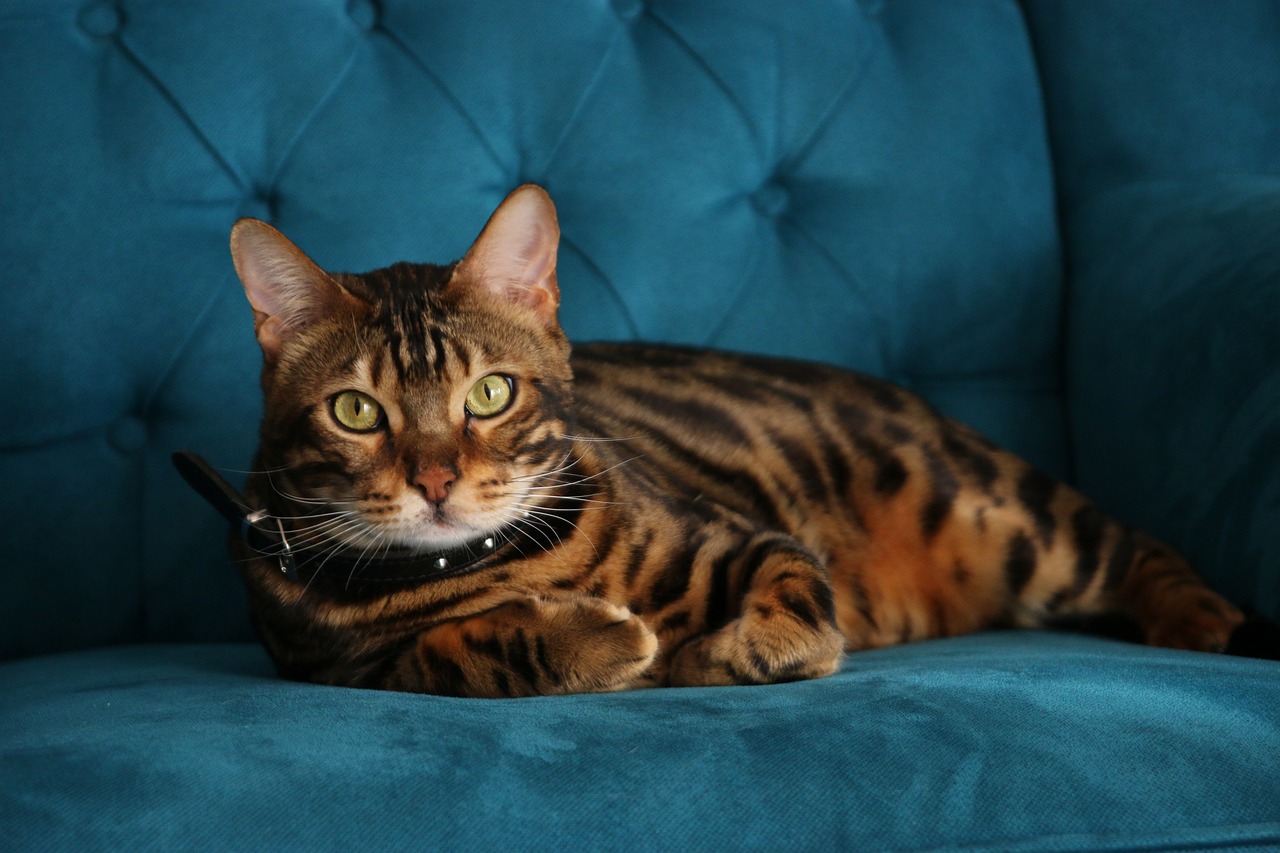
| Weight: | Males: 10–15 lbs (4.5–6.8 kg), Females: 8–13 lbs (3.6–5.9 kg) |
| Lifespan estimation: | 12–16 years |
| Energy Level: | High |
| General Temperament: | Willful, wild, mischievous, entertaining |
| Care & Maintenance: | Low |
They might look like miniature leopards, but Bengals aren’t as snobbish toward dog housemates as other cats. Bengals have a highly social personality and may likely fare poorly without someone to play with throughout the day.
They make great friends for any dog, but make sure they don’t get into too much trouble together! Bengals strike a perfect balance between regal feline independence and family-oriented goofball, and you’ll be endlessly amused by your dog chasing a little leopard lookalike around your home.
8. Bombay
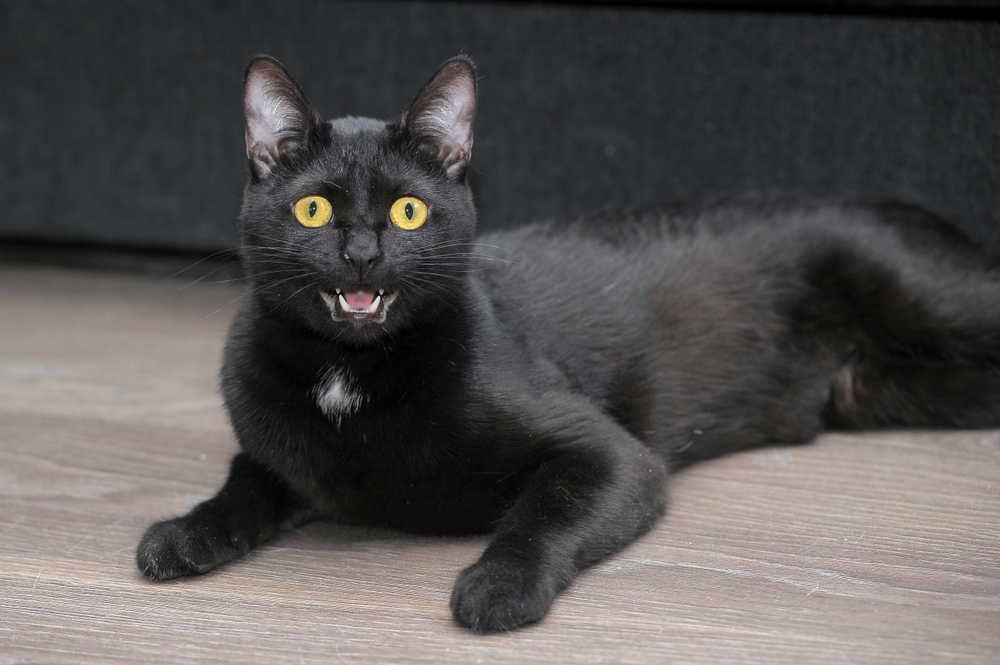
| Weight: | Males: 8–11 lbs (3.5–5 kg), Females: 6–8 lbs (2.5–3.5 kg) |
| Lifespan estimation: | 12–18 years |
| Energy Level: | High |
| General Temperament: | Friendly, affectionate, energetic, intelligent |
| Care & Maintenance: | Low |
Bombays might look like the stereotypical black cat, but they are much more than meets the eye. Closely related to the Burmese, these bombastic little kitties were bred for their sleek, panther-like appearance.
They’re among the most social cats and cannot be left unattended at home all day. Bombay kitties need companions to play with and cuddle during the day, and cats and dogs are fair game.
9. Norwegian Forest Cat
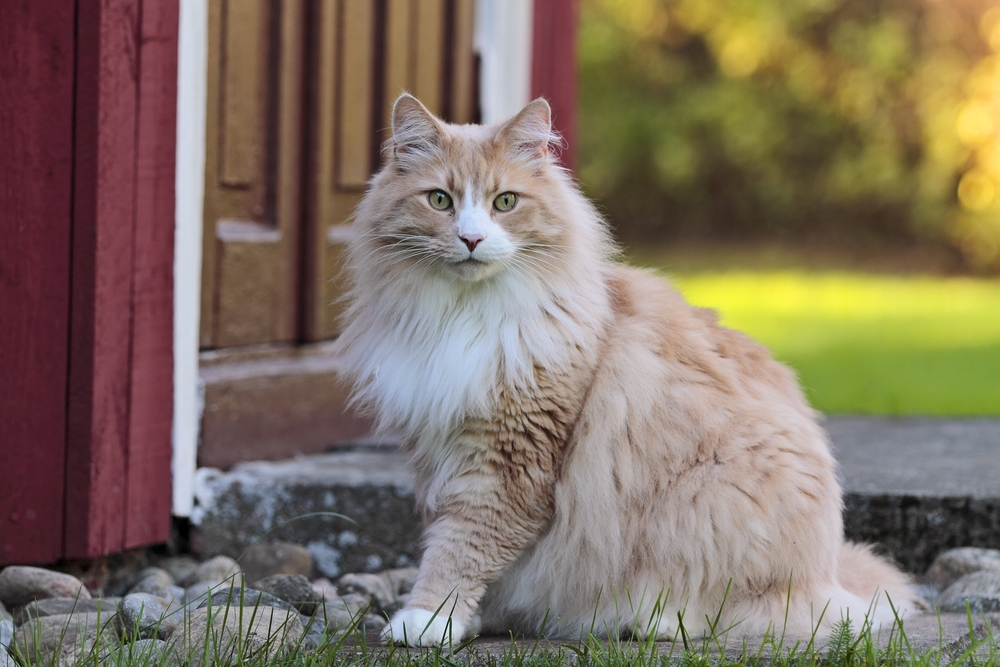
| Weight: | Males: 10–20 lbs (4.5–9 kg), Females: 8–17.5 lbs (3.6–8 kg) |
| Lifespan estimation: | 12–15 years |
| Energy Level: | Moderate |
| General Temperament: | Calm, outgoing, intelligent, energetic |
| Care & Maintenance: | High |
Norwegian Forest Cats are another fluffy breed with a dog-like personality, which helps them blend in with your other four-legged family members, and their calm temperament is perfect for children, too.
Norwegian Forest Cats take a while to warm up to dogs and, like other breeds, do best when socialized from a young age around other well-behaved pets.
10. Ragdoll Cat
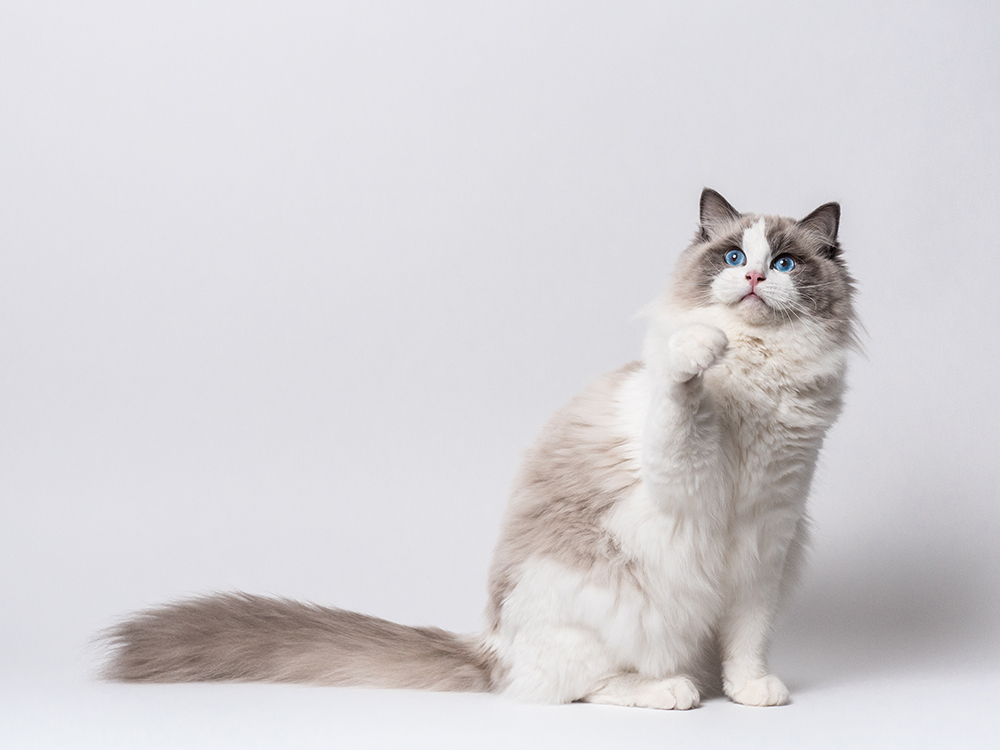
| Weight: | Males: 12–20 lbs (5.4–9.1 kg), Females: 8–15 lbs (3.6–6.8 kg) |
| Lifespan estimation: | 9–15 years |
| Energy Level: | Low |
| General Temperament: | Docile, cuddly, loyal |
| Care & Maintenance: | High |
Ragdoll cats have sweet faces and personalities and are known as furry gentle giants. They’re a relaxed breed that gets their name from the funny “ragdoll” pose many adopt when held. If raised together with dogs, Ragdolls can get along with them and even become friends. However, they do best with more laid-back dogs, as higher-energy breeds can overwhelm them.

Conclusion
Many people think cats and dogs are natural enemies, but several friendly breeds get along famously with man’s so-called best friend. From the elusive and exotic Bengal to the large Maine Coon, you have no shortage of dog-friendly breeds to browse from in your search for the most family-friendly kitty.
However, it is important to keep in mind that your cat and dog’s personalities will play a major role in determining the success of such cohabitation as well. Careful thought, research, and consideration is necessary before deciding on bringing a new pet to a home.
Featured Image Credit: New Africa, Shutterstock
